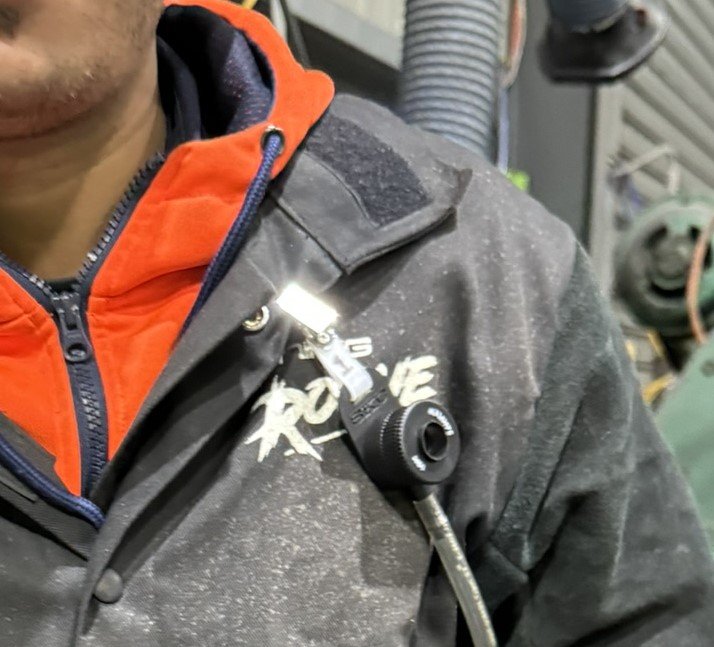
Welding fumes
Recent WorkSafe legislation has lowered the standard from 5 mg/m3 to 1 mg/m3
Ensure worker safety during welding
Welding with mild steel, stainless steel, or other steel alloys results in production of welding fume, with inhalation exposures to welders now increasingly recognized as having potential health impacts. Multiple options exist to control welding fume, with on-tool extraction, local exhaust ventilation, and when engineering controls are not feasible, personal protective equipment such as welding helmet powered air purifying respirators (PAPRs).
Air sampling for welding fume (inhalable particulate) with gravimetric analysis permits comparing the air levels for the welders in the shop with the applicable WorkSafe regulations. Options for reducing exposure can be assessed and prioritized.
All types of welding - MIG (metal inert gas), tungsten inert gas (TIG) and gas welding also create ozone and safety hazards. A comprehensive assessment can set a baseline for occupational health and safety programs, or provide periodic assessment to verify performance of control technologies.
If you’d like to discuss how you could benefit from any of our services, please get in touch and arrange an exploratory call.
Some of our clients
































